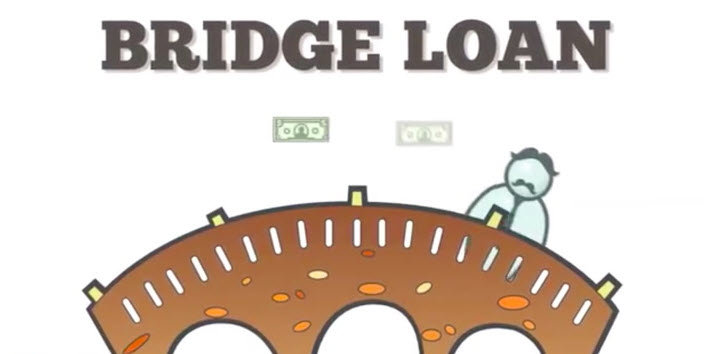
Commercial real estate projects can be a lucrative investment opportunity for those who are willing to take on the associated risks. While financing options for these projects vary, bridge loans are often used to cover the gap between the initial investment and the eventual long-term financing. However, recent trends in the market have shown a rise in bridge loans with radically lower interest rates than the current rate. This may seem like an excellent opportunity to save on interest costs, but it poses significant risks to investors and lenders alike.
First, it's essential to understand what a bridge loan is. A bridge loan is a short-term loan used to finance the gap between the purchase of a property and long-term financing. Typically, these loans cover the cost of renovations, upgrades, or other improvements to a property before it is refinanced with a long-term loan. Bridge loans are often used in commercial real estate because they allow investors to take advantage of opportunities quickly without waiting for traditional financing to be secured.
One of the main benefits of bridge loans is that they offer a relatively high level of flexibility. However, this flexibility can also be a double-edged sword. When interest rates are low, as they have been in recent years, investors and lenders alike may be tempted to take on more risk than they otherwise would. This can lead to a situation where borrowers are taking on more debt than they can realistically afford, or where lenders are extending credit to borrowers who may not be able to pay it back.
The danger with bridge loans that have radically lower interest rates than the current rate is that they may be based on unrealistic or unsustainable assumptions. For example, a borrower may take on a bridge loan with a low-interest rate, assuming that they will be able to refinance the loan with a long-term loan at a similar rate. However, if interest rates rise, they may be unable to secure the necessary financing to pay off the bridge loan, which could result in default or foreclosure.
Another risk associated with bridge loans with lower interest rates is that they may be used to finance un financially viable projects. For example, a borrower may take on a bridge loan to purchase a property that needs significant renovations, assuming that the property's value will increase due to the improvements. However, if the upgrades do not lead to an increase in value, the borrower may find themselves unable to repay the loan, which could result in foreclosure.
While bridge loans can be a useful tool for financing commercial real estate projects, they also come with significant risks. When interest rates are low, borrowers and lenders must exercise caution and avoid taking on more risk than they can realistically afford. By doing so, they can minimize the risk of default and ensure that the project is financially viable over the long term. We are currently in an environment where many projects financed with bridge loans no longer make sense. Cap Rates are out the window; opportunity awaits those with dry powder and the ability to solve problems.
Posted by Tim Bray on
Leave A Comment